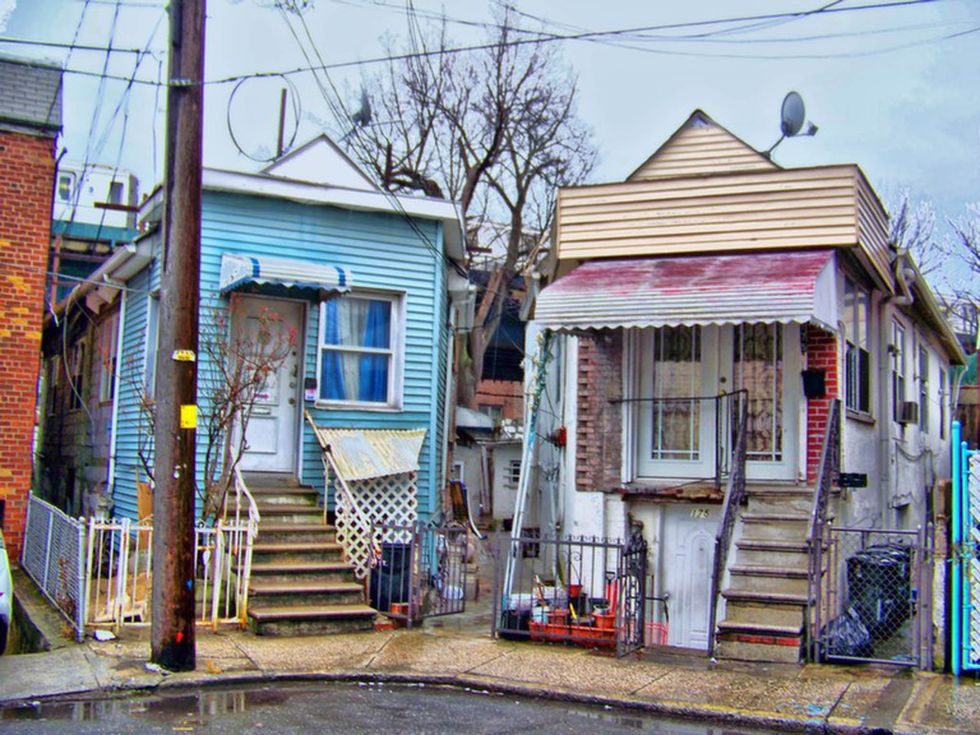There are tiny house revolutions happening far and wide in the United States. The new experiment with homeless shelters being partnered by Amazon, is a great idea for those that accompany the homeless coming to major cities. However, the homeless epidemic is reaching high numbers and the adjustment of cities even rural areas taking care of this problem is causing big headaches. Many homeless individual’s camp out on city streets and even make encampments under freeways and river beds. Many of these homeless individuals have nowhere to go so, therefore, many cities are proposing new housing developments and sites where homeless people will be welcomed to come and live. In cities like upstate New York and Atlanta, there are tiny house villages. One example is Second Wind Cottages, a tiny-house village for the chronically homeless in the town of Newfield, N.Y., outside of Ithaca. Each house had cost about $10,000 to build, a fraction of what it would have cost to house them in a new apartment building.
The fascination with tiny houses has even inspired shows like HGTV’s Tiny House Hunters and Tiny House Renovation. These two shows express the importance of living in an uncommon habitat. Many young families choose to live in tiny houses not only for its affordability but because of its upkeep. Today’s tiny houses are built like larger house versions. It all depends on the utilities and architectural design.
Another example of homeless tiny house villages is Tiny House Club’s version of a tiny house village. Tiny House Club based in Chico, California, is a student-run organization that’s mission is to design and build sustainable, off-grid housing. What is the importance of living off the grid? You live a simple life while saving time and money. Many homeless individuals and families already live off the grid and love the idea of living in a tiny house.
The name of the village is titled The Simplicity Village. Its hope is to provide transformative housing for those in Chico who are homeless or housing challenged. Its model is based off Dignity Village in Portland, Oregon that has been successfully working for over a decade. Portland believes in green living and sustainability. Each tiny house is equipped with appliances, materials, and designs which celebrate green living.
A whole new creation of a village is simple not only because it deals with the homeless problem head on but it makes the homeless more sufficient, responsible and fully independent. They will even be inspired to seek employment or some sort of aid. There is hope also that the homeless will be willing to see a doctor or mental health official that will help them along their way towards sufficiency. The Tiny House revolution is coming to many towns and cities everywhere which is a resounding change for the better for the homeless population. Maybe it will be trending worldwide.




 Energetic dance performance under the spotlight.
Energetic dance performance under the spotlight. Taylor Swift in a purple coat, captivating the crowd on stage.
Taylor Swift in a purple coat, captivating the crowd on stage. Taylor Swift shines on stage in a sparkling outfit and boots.
Taylor Swift shines on stage in a sparkling outfit and boots. Taylor Swift and Phoebe Bridgers sharing a joyful duet on stage.
Taylor Swift and Phoebe Bridgers sharing a joyful duet on stage.













